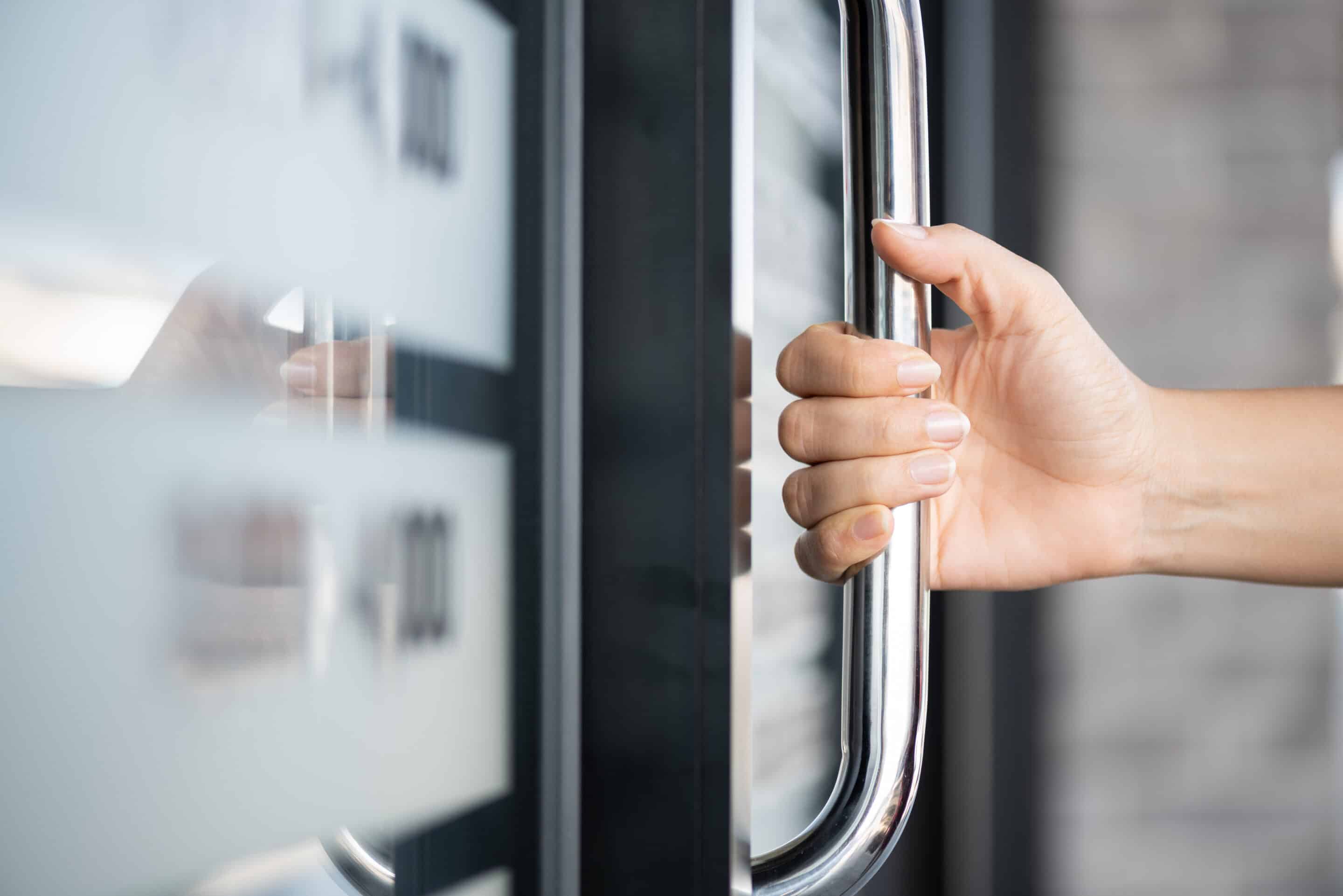Access Control & Security Specialists
Fail Safe vs Fail Secure in Access Control
What do you need to know?
Your guide to understanding the differences between fail safe, and fail secure when considering an access control solution.
Companies Choose Keri When Security Matters Most
Fail safe vs. Fail Secure: The Basics of What You Need to Know
Any electronic locking system installed onto a door must be specified as either fail safe or fail secure. But what do these terms mean? What’s the difference between fail safe and fail secure? And how do you decide which one to apply to a door? These questions may seem obvious, but addressing them will save lives and protect property in the event of an emergency.
There are many other factors to consider when deciding whether a door should be installed with fail safe or fail secure locks. For example, will the door be a risk to life if, in the event of a power outage, the door was locked? Or, will the door be a risk to valuable equipment/information if, in the event of a power outage, the door was unlocked.
Firstly, it is important to understand the difference between the two systems:
- Fail safe is open when power is lost. They require power to lock the door.
- Fail secure is locked when power is lost. They require power to unlock the door.
What are fail safe locks?
Fail safe locks are primarily used to prevent harm or injury in access control. During a power outage, fail safe locks automatically unlock, allowing any individuals who need access to the building to enter. For example, in the event of a fire taking out the power to a building, doors installed with a fail safe lock will unlock, meaning that emergency responders can enter the building as needed. When the power is on, these doors remain locked and secure. Emergency exit doors are required to have to fail safe locks as opposed to fail secure locks.
What are fail secure locks?
Fail secure locks are typically used for doors that protect valuable assets, such as IT rooms, equipment rooms, and other sensitive or expensive property. These locks will remain locked until supplied with power. Therefore, in the event of a power outage in your building, these doors remain locked, securing the valuables inside and protecting the area from unauthorized entry or theft. Fail secure locks are a good option for banks, companies with valuable equipment or facilities, and other businesses with high security concerns.
It is important to note that both of these lock systems allow for exit or “egress” of the building. It is the “ingress” or key-side of the door that fail safe and fail secure locks are concerned with.
Which lock should I choose?
This choice namely comes down to the function of the individual door. For example, a fire door will require a fail secure lock, as its function is to prevent the spread of fire through a building and therefore, re-entry should be restricted. Simply put, you should consider what needs to happen to the lock when power is removed. If in event of a power outage, hardware is required to allow access, fail safe products should be employed. If ingress needs to be restricted when power is removed, then employ fail secure hardware.
Energy use is an important consideration when deciding between the two locking systems. Fail safe locks require a constant supply of power to remain locked and therefore can be more expensive to run, whereas fail secure hardware keeps doors locked even when power is removed.
It is also important to consider the ramifications of fail safe doors being unsecured during a power outage. This could be a security concern for certain doors, as entry points will be accessible whilst the power is out.
Overall, one system is not better than the other, they simply require careful and considered an application to the correct doors in light of their functionality.
Our Most Popular Access Control Resources
Email Us
sales@kerisys.com
Call Us
(800) 260-5265Get A Free Quote
Tell us about your project





